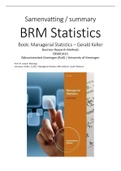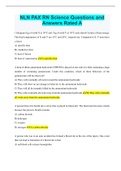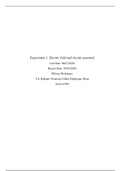Summary
Summary / Samenvatting (managerial Statistcis -G. Keller (2012)) - Statistic part of Business Research Methods (EBS001A10)
- Module
- Institution
- Book
Summary / Samenvatting (managerial Statistcis -G. Keller (2012)) - Statistic part of Business Research Methods (EBS001A10) Summary of Chapter 1-13 & 15-17 & 19
[Show more]













